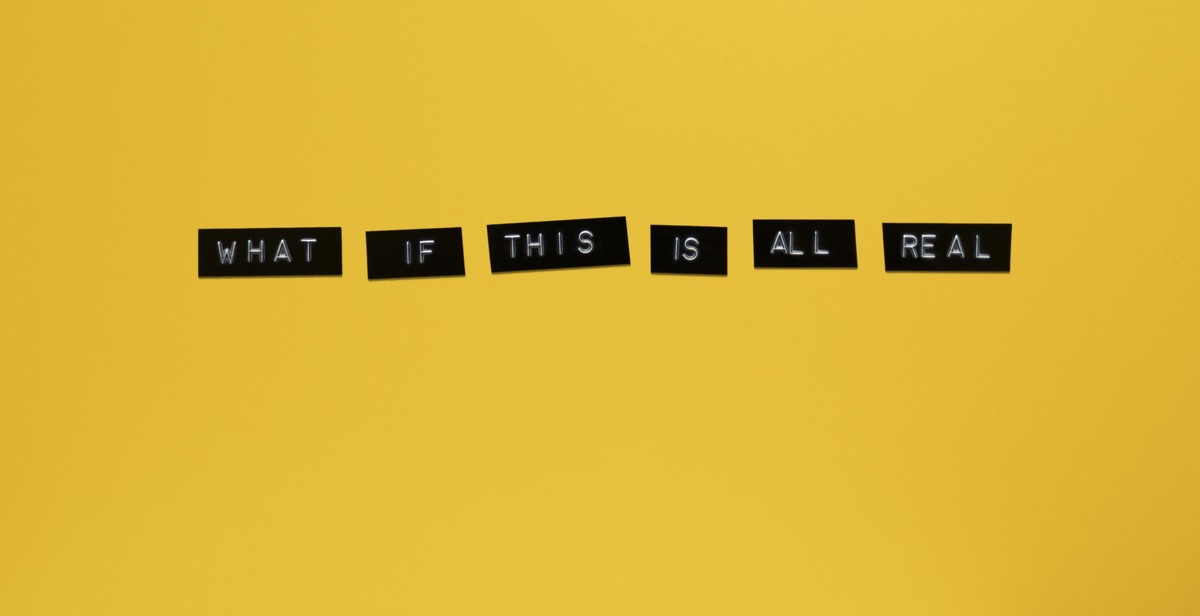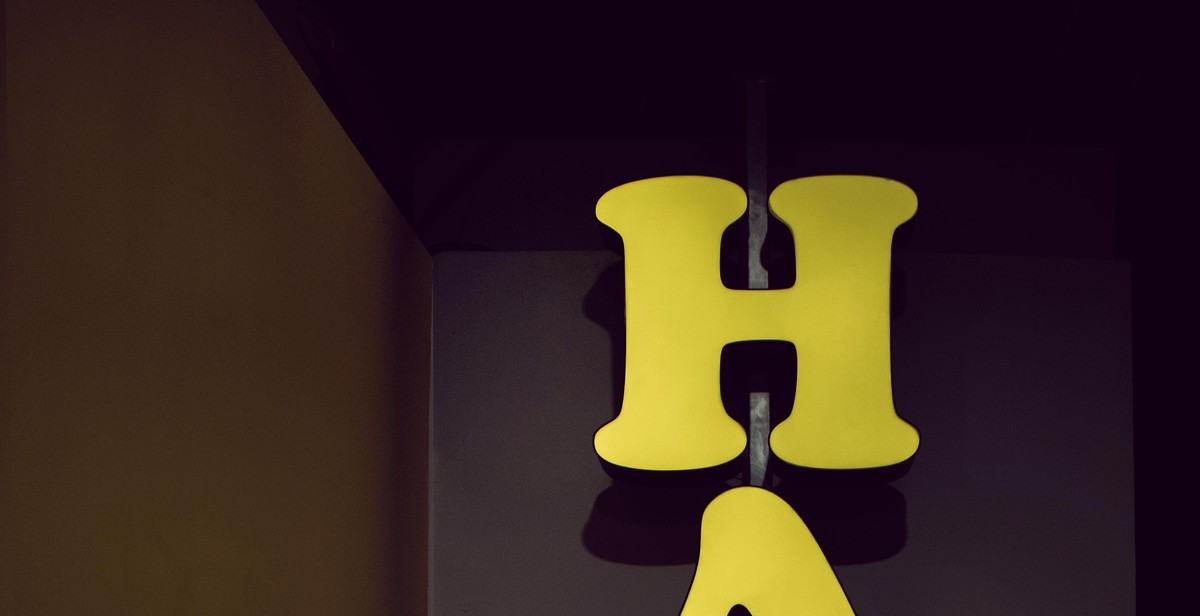How to Pair Fonts in Packaging Design: Creating Visual Impact and Brand Recognition
When it comes to packaging design, every element matters, including the fonts used. Pairing fonts in packaging design is a crucial step in creating a visually appealing product that stands out on the shelves and communicates the brand’s message effectively. The right font pairing can create a lasting impression on consumers, leading to increased brand recognition and sales.
Why Pairing Fonts in Packaging Design Matters
Fonts play a vital role in packaging design as they convey the brand’s personality and message to the target audience. The right font pairing can evoke emotions and create a connection with consumers, leading to a memorable brand experience. On the other hand, a poorly paired font can confuse or even turn off potential customers, making them less likely to purchase the product.
Pairing fonts is not just about aesthetics; it also affects the readability and legibility of the packaging. The font size, style, and color must be carefully considered to ensure that the information on the packaging is easily understood by consumers.
The Role of Fonts in Branding
Fonts are an essential part of branding as they help to create a consistent and recognizable image for the brand. Using the same font across all packaging and marketing materials can help to establish a strong brand identity and increase brand recognition.
Choosing the right font for a brand is not a one-size-fits-all approach. Different fonts have different personalities and evoke different emotions. For example, a sans-serif font conveys modernity and simplicity, while a serif font communicates tradition and elegance. The font must align with the brand’s values and message to create an authentic and cohesive brand image.
In conclusion, pairing fonts in packaging design is a crucial step in creating a visually appealing product that communicates the brand’s message effectively. The right font pairing can create a lasting impression on consumers, leading to increased brand recognition and sales.

Understanding Fonts and Their Characteristics
Fonts play a vital role in packaging design as they can create a visual impact and brand recognition. Therefore, it is important to understand the different types of fonts and their characteristics to make an informed decision when choosing the right font for your packaging design.
Different Types of Fonts and Their Usage
There are four main types of fonts: serif, sans-serif, script, and display. Serif fonts have small lines or flourishes at the end of each character, while sans-serif fonts do not. Script fonts resemble handwriting, and display fonts are decorative and eye-catching.
Each type of font has a specific usage. Serif fonts are commonly used in printed materials, such as books and newspapers, as they are easy to read. Sans-serif fonts are popular for digital media, such as websites and social media, as they are easy to read on screens. Script fonts are often used for invitations and formal documents, while display fonts are used for headlines and titles.
Font Characteristics and How They Affect Perception
Fonts have specific characteristics that affect how they are perceived. For example, the weight of a font refers to the thickness of its lines. A bold font can convey strength and confidence, while a light font can convey delicacy and elegance.
The style of a font can also affect perception. A traditional font can convey stability and reliability, while a modern font can convey innovation and creativity. Additionally, the spacing between letters and words can affect readability and legibility.
Color is another factor to consider when choosing a font. Different colors can convey different emotions and moods. For example, red can convey passion and energy, while blue can convey calmness and trustworthiness.
| Font Characteristic | Example | Perceived Qualities |
|---|---|---|
| Weight | Bold vs. Light | Strength vs. Delicacy |
| Style | Traditional vs. Modern | Stability vs. Innovation |
| Spacing | Tight vs. Loose | Readability vs. Legibility |
| Color | Red vs. Blue | Passion vs. Calmness |
Understanding fonts and their characteristics is essential for creating effective packaging design. By choosing the right font, you can create a visual impact and brand recognition that will help your product stand out on the shelves.

Choosing Fonts for Packaging Design
Fonts play a crucial role in packaging design as they help create a brand’s personality and values. When selecting fonts, it is essential to consider the product and the target audience to create visual impact and brand recognition. Here are some tips on how to choose the right fonts for packaging design:
Understanding the Brand’s Personality and Values
The first step in choosing fonts for packaging design is to understand the brand’s personality and values. This will help you select fonts that align with the brand’s identity. For example, if the brand is modern and sophisticated, you might choose a sleek sans-serif font. On the other hand, if the brand is playful and whimsical, you might opt for a more decorative script font.
Matching Fonts with the Product and Target Audience
It is important to match the fonts with the product and target audience. For example, if you are designing packaging for a luxury product, you might choose elegant and refined fonts to convey a sense of exclusivity. Similarly, if the target audience is young and trendy, you might opt for bold and edgy fonts that appeal to their tastes.
Creating Contrast and Hierarchy with Font Pairing
Font pairing is an important aspect of packaging design as it helps create contrast and hierarchy. Pairing fonts with different weights, styles, and sizes can help create visual interest and guide the viewer’s eye. For example, pairing a bold sans-serif font with a light script font can create a contrast that draws attention to important information on the packaging.
| Font Type | Product Type | Target Audience |
|---|---|---|
| Sans-Serif | Technology | Young Adults |
| Serif | Luxury Goods | Upper Class |
| Script | Beauty Products | Women |
In conclusion, choosing the right fonts for packaging design is essential to create visual impact and brand recognition. Understanding the brand’s personality and values, matching fonts with the product and target audience, and creating contrast and hierarchy with font pairing are all important factors to consider when selecting fonts for packaging design.

Best Practices for Pairing Fonts in Packaging Design
Pairing fonts in packaging design can be a challenging task, especially when it comes to creating visual impact and brand recognition. Here are some best practices to consider when pairing fonts:
Limiting the Number of Fonts Used
One of the most important rules to follow when pairing fonts is to limit the number of fonts used. Using too many fonts can create confusion and clutter, making it difficult for consumers to read and understand the packaging. It is recommended to use no more than two or three fonts in packaging design. This will help create a clean and organized look that is easy to read and understand.
Pairing Fonts with Contrasting Styles
Pairing fonts with contrasting styles can create a visually striking effect that can capture the attention of consumers. For example, pairing a bold font with a thin font can create a contrast that draws the eye. It is important to choose fonts that complement each other and create a balance between the different styles.
Using Font Families or Variations
Using font families or variations can help create a cohesive look and feel in packaging design. Font families are a group of fonts that share a similar design, while font variations are different versions of the same font. Using font families or variations can help create a consistent look across different packaging designs while still allowing for variation and creativity.
Testing and Tweaking the Font Pairing
Testing and tweaking the font pairing is an important step in the design process. It is important to test the font pairing in different sizes and formats to ensure that it is legible and easy to read. Tweaking the font pairing can also help improve the overall design and create a more effective packaging design.
- Limit the number of fonts used to no more than two or three.
- Pair fonts with contrasting styles to create visual impact.
- Use font families or variations for a cohesive look.
- Test and tweak the font pairing to ensure legibility and effectiveness.
| Best Practices for Pairing Fonts in Packaging Design |
|---|
| Limit the number of fonts used to no more than two or three. |
| Pair fonts with contrasting styles to create visual impact. |
| Use font families or variations for a cohesive look. |
| Test and tweak the font pairing to ensure legibility and effectiveness. |

Conclusion
In conclusion, font pairing is an essential aspect of packaging design that can create a visual impact and enhance brand recognition. When done correctly, font pairing can help to convey the brand’s message and values, capture the attention of the target audience, and differentiate the product from competitors.
The key to successful font pairing is to choose fonts that complement each other while also reflecting the brand’s personality and style. Designers should consider factors such as font size, weight, and style, as well as the overall layout and composition of the packaging.
Additionally, designers should keep in mind the importance of readability and legibility. A font that is difficult to read or too small can detract from the overall effectiveness of the design.
Finally, designers should also consider the medium in which the packaging will be viewed. Whether it is in-store, online, or on social media, the font pairing should be optimized for the specific medium to ensure maximum impact.
Overall, font pairing is a critical aspect of packaging design that should not be overlooked. By carefully selecting and pairing fonts, designers can create a unique and memorable brand identity that resonates with their target audience and helps to drive sales.
